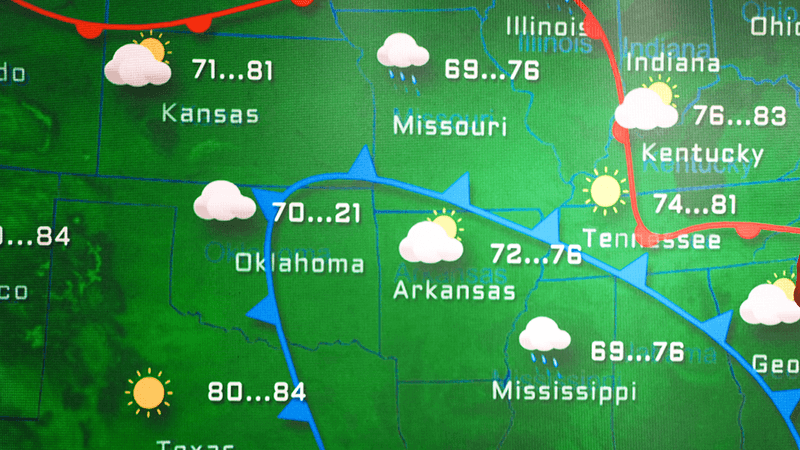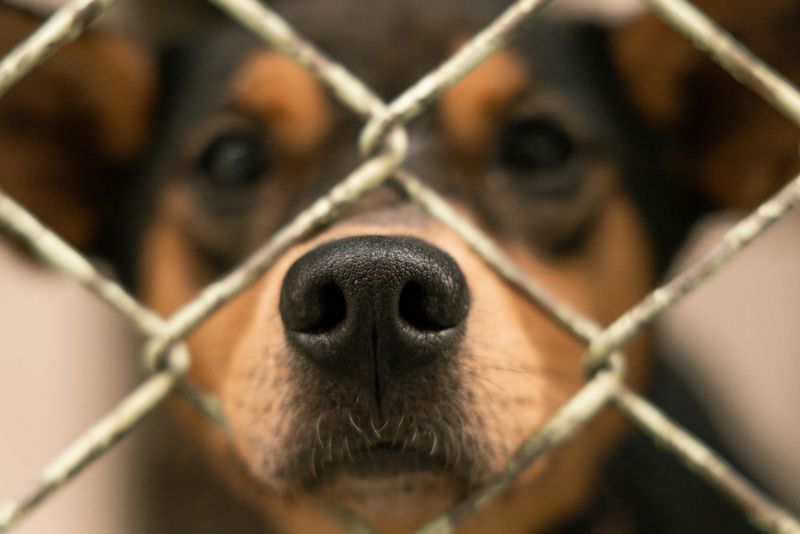People are confused about the weather forecast, and finding out that the percentages given don't mean quite what they thought they did.
The latest confusion comes courtesy of the account "wild (tiktok) screenshots" on X (by which we mean "Twitter"), who lived up to their name and posted this:




